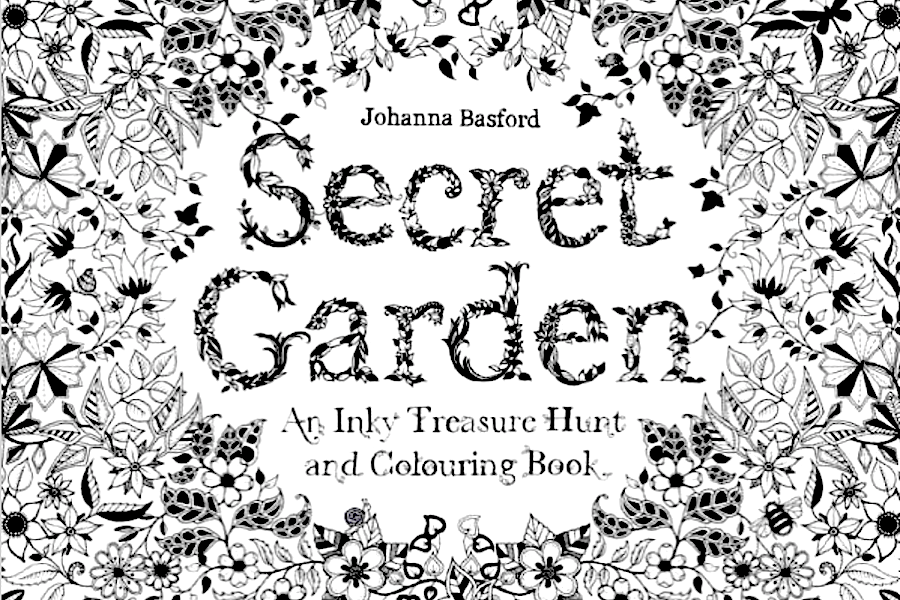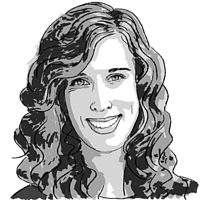Why you might want to buy a coloring book ... for yourself
Loading...
For those dealing with stress in the 21st century, some look to exercise, diet, religion, family, and friends to help unwind.
But what about coloring?
Currently on Amazon’s Top 100 book list are two tomes that fall under a surprising genre: adult coloring books. The artist who created both, Johanna Basford, said she first pitched the idea to her publishers before coloring as an adult was a trend. Her first book, “Secret Garden: An Inky Treasure Hunt and Coloring Book,” was published in 2013, has already sold 1.4 million copies, and is currently No. 2 on Amazon's Top 100 book list. Its sequel, “Enchanted Forest: An Inky Quest and Coloring Book,” is also a success, and she is currently working on a third.
Gizmodo.com asked Ms. Basford why she thinks adult coloring books are successful. She gave three reasons: coloring provides a creative outlet, it allows you to zone out, and it brings you back to a place of simplicity.
“A blank sheet of paper or an empty canvas can be daunting, but a coloring book acts as a bit of a buffer in this situation,” she told Gizmodo. “Chances are the last time you spent some time coloring you didn't have a mortgage, a horrible boss, or a worries about climate change.”
So is there truth to this? Psychologists have found that coloring does indeed have positive effects on participants’ mental health. In the early 20th century, psychologist Carl Jung experimented with the effects of coloring. He used mandalas, circular designs with concentric shapes that originated in India and are often used in meditation.
Today, coloring hits on another trend known as mindfulness, the act of being aware or conscious of what is going on around oneself. Psychologies magazine discusses author Mark Robert Waldman’s insight into mindfulness, and how active meditation allows individuals to focus on a simple, repetitive task.
“Concentrating this way replaces negative thoughts and creates a state of peace, and many people who have a difficult time with concentrative meditation can find this easier. This gentle activity where you choose the colors to create your picture and the repetitive action of coloring it in focuses the brain on the present, blocking out any intrusive thoughts,” the article explains.
Studies have also found a positive link between creativity and productivity in adults. A study at San Francisco State University found that those who partake in creative activities outside of work are better at dealing with stress than those who do not. The study also found that work performance improves.
“I recommend it as a relaxation technique,” psychologist Antoni Martínez told The Huffington Post. “We can use it to enter into a more creative, freer state ... I recommend it in a quiet environment, even with chill music. Let the color and the lines flow.”






